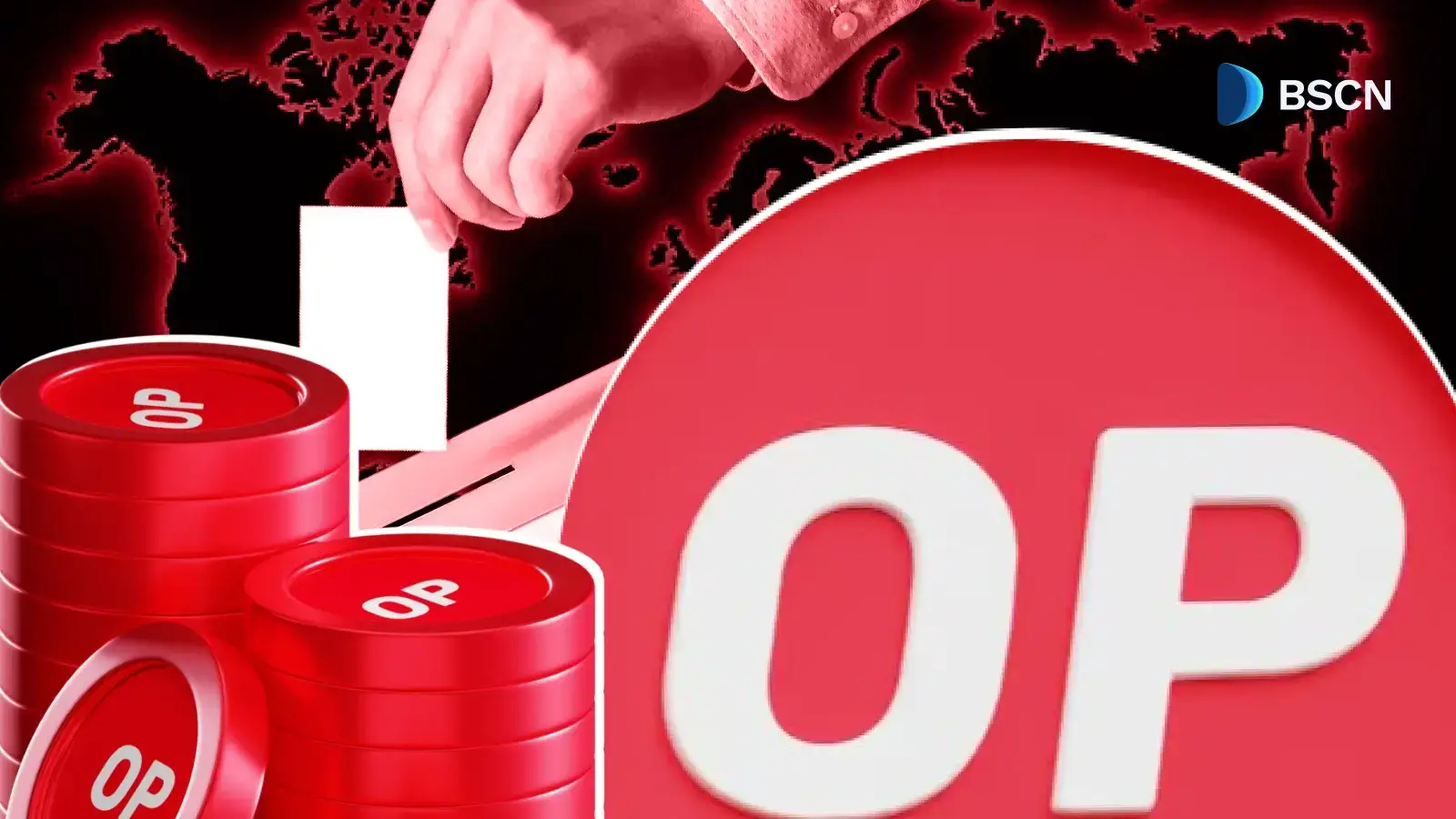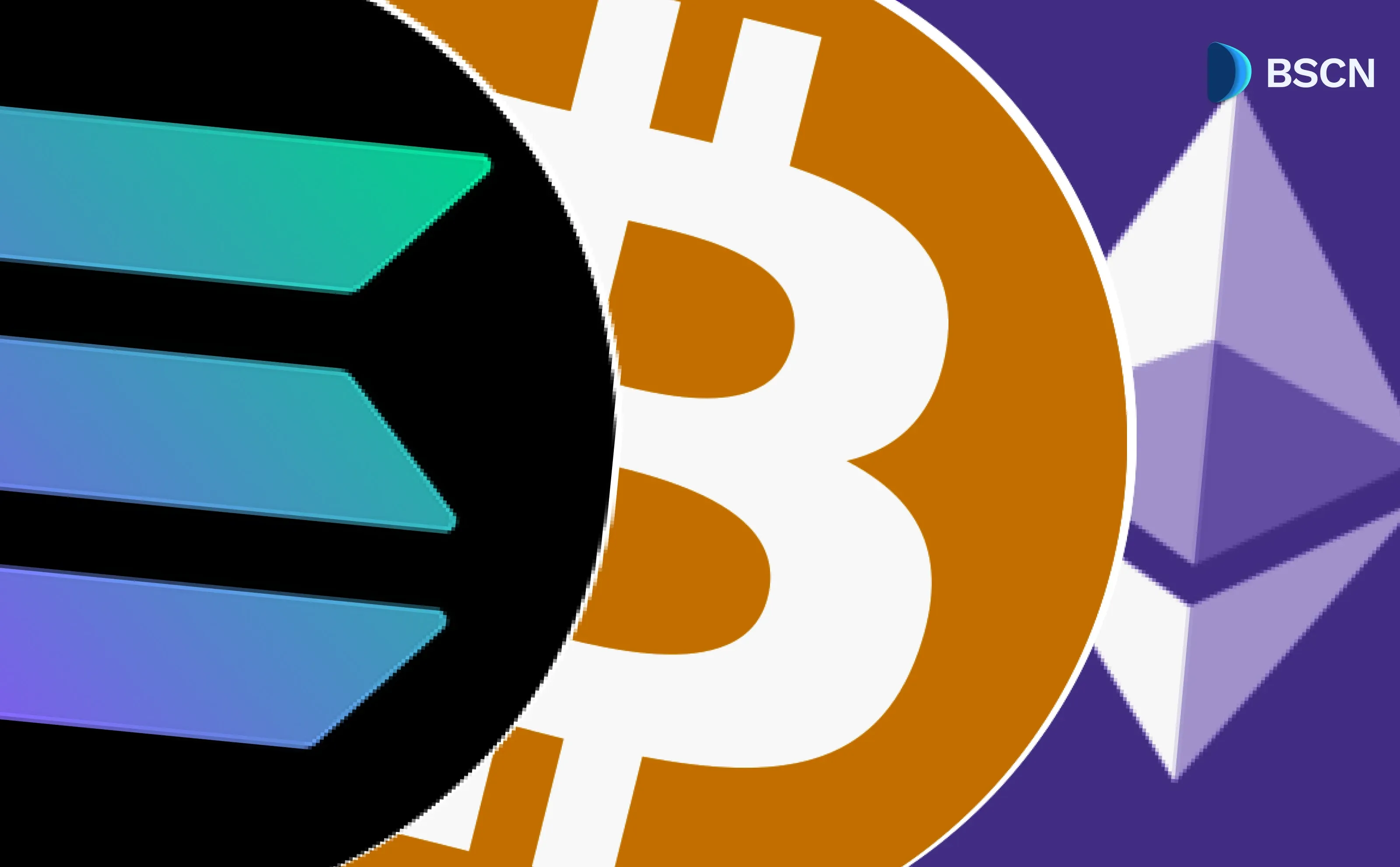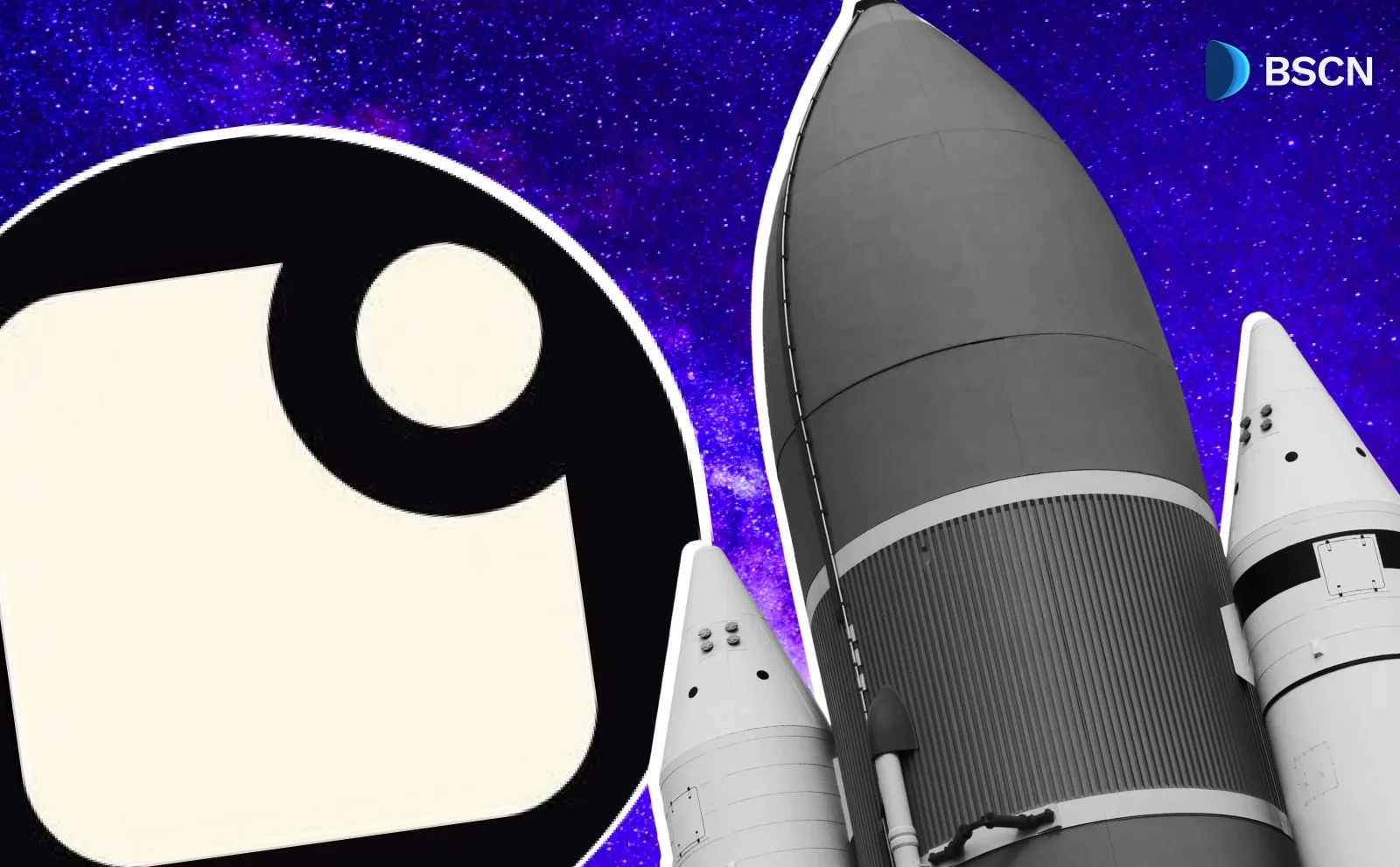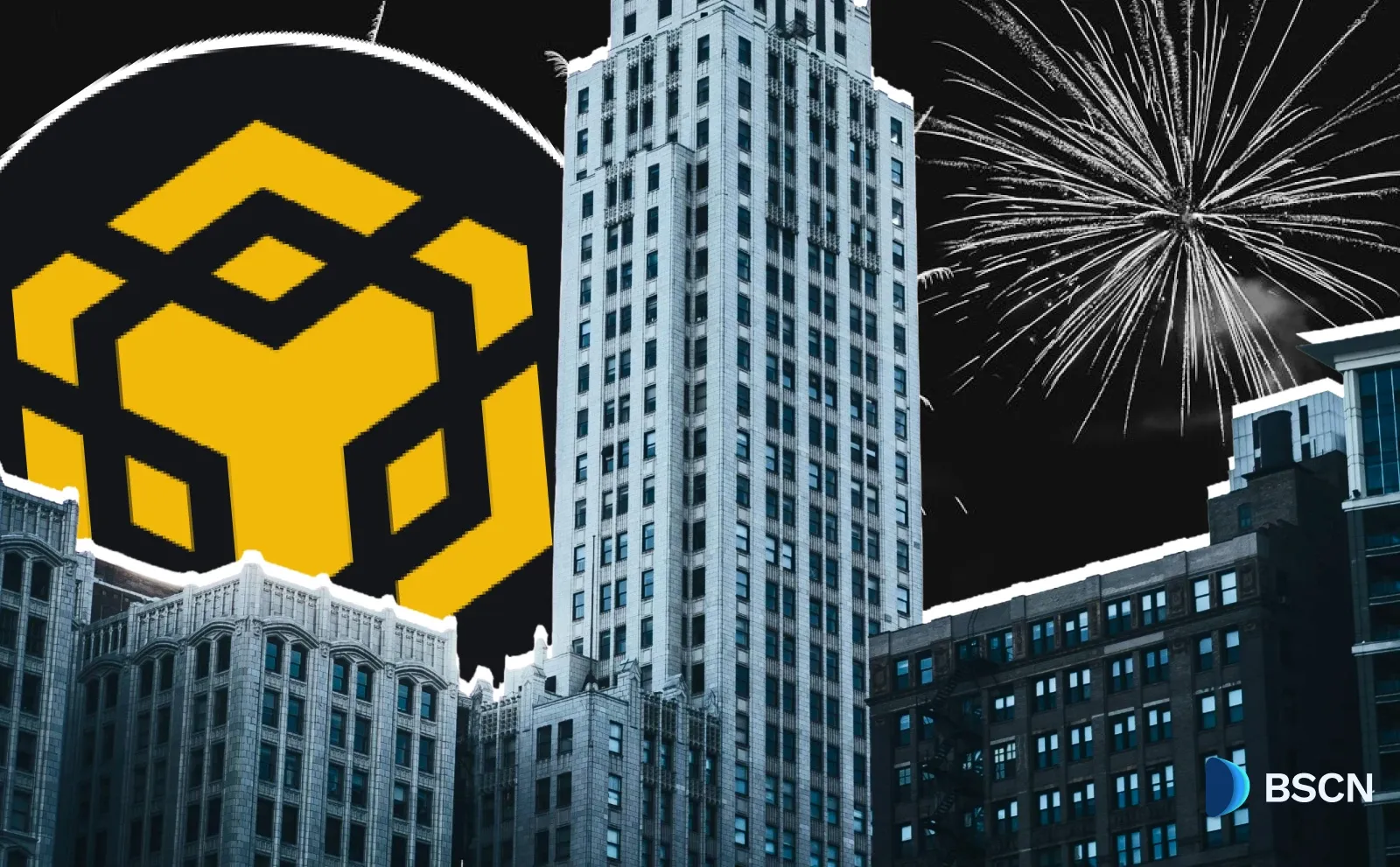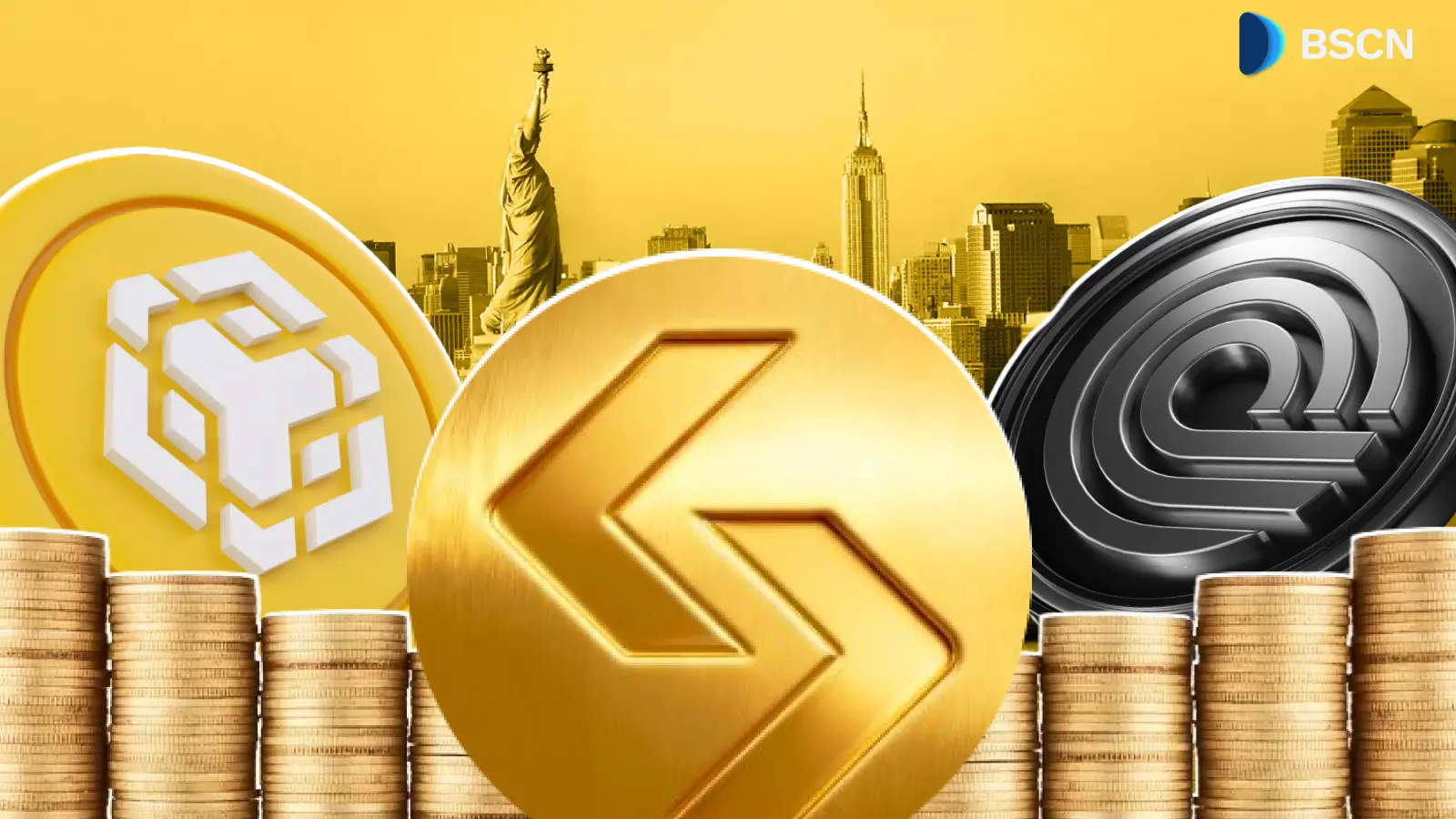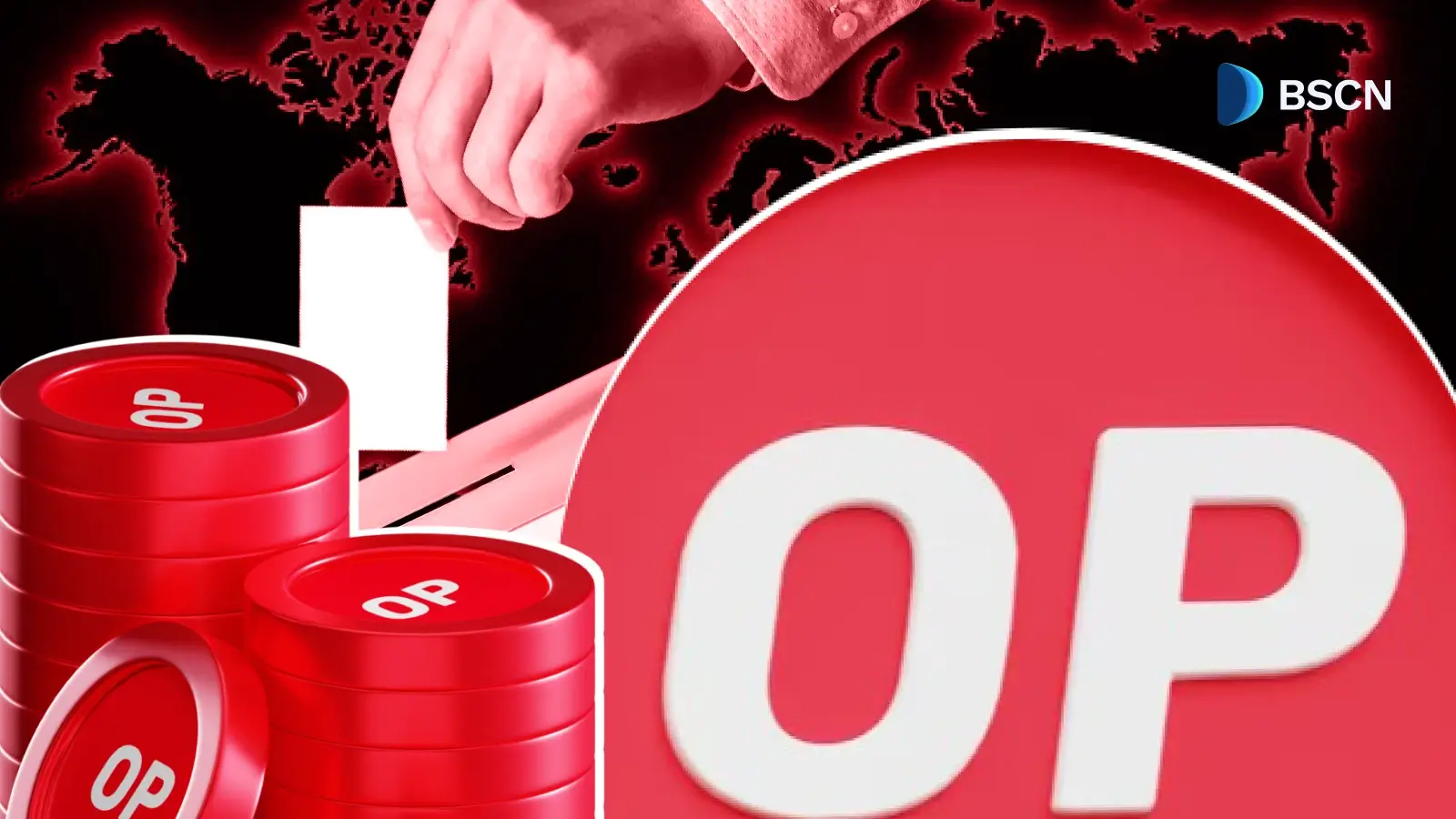Deepdive
(Advertisement)
Can Stable’s New Layer 1 Blockchain Transform Stablecoin Transactions?

Launched by Stable, Stablechain uses USDT for gas and targets key issues in stablecoin infrastructure like high costs and complex user tools.
Miracle Nwokwu
July 2, 2025
(Advertisement)
Table of Contents
On July 1, 2025, Stable launched Stablechain, a Layer 1 blockchain designed specifically for Tether’s USDT, aiming to redefine how stablecoins function in the global economy. This platform, branded as the first "stablechain," seeks to address persistent challenges in blockchain infrastructure; high fees, slow settlements, and complex user experiences, by offering a tailored solution for stablecoin transactions.
With USDT as its native gas token, Stablechain promises instant, low-cost payments and enterprise-grade scalability. But does this new blockchain truly meet the needs of the global crypto community, and can it deliver on its ambitious vision?
The Stablecoin Surge and Its Challenges
Stablecoins have become a cornerstone of the cryptocurrency ecosystem, with USDT alone boasting over $150 billion in circulation and 350 million users worldwide, outpacing even traditional payment giants like Visa in transaction volume. These digital assets, pegged to fiat currencies like the U.S. dollar, offer stability in a volatile market, making them ideal for decentralized finance (DeFi), cross-border payments, and everyday transactions. Yet, the infrastructure supporting stablecoins has struggled to keep pace. High transaction fees, delays in settlement, and convoluted tools often deter users and businesses alike.
Stablechain enters this landscape with a clear mission: to create a blockchain optimized for stablecoin use. By focusing on USDT, the most widely adopted stablecoin, Stable aims to eliminate these pain points and unlock new possibilities for individuals, enterprises, and developers.
What Is Stablechain?
Stablechain is a Layer 1 blockchain built from the ground up to prioritize USDT-based transactions. Unlike general-purpose blockchains like Ethereum or Solana, which rely on volatile native tokens for gas fees, Stablechain uses USDT as its gas token, simplifying the user experience. This design choice removes the need to hold secondary tokens, a common barrier for newcomers to crypto. The platform’s core features include:
- USDT as Native Gas: Users pay fees directly in USDT, and peer-to-peer USDT transfers are gas-free, making small transactions like remittances or micropayments practical.
- Near-Instant Settlements: With sub-second block finality, transactions confirm almost immediately, a critical advantage for businesses needing real-time processing.
- Low Fees: Fees are kept below a fraction of a cent, supporting both micro and large-scale transactions without prohibitive costs.
- High Throughput: The chain can handle thousands of transactions per second, ensuring reliability during peak demand.
- Enterprise-Grade Scalability: Dedicated blockspace and batch processing cater to institutional needs, offering predictable performance.
- Cross-Chain Interoperability: Through USDT0, a token powered by LayerZero’s messaging protocol, Stablechain enables seamless USDT transfers across other blockchains.
- Developer Tools: Full Ethereum Virtual Machine (EVM) compatibility, along with specialized SDKs and APIs, simplifies building stablecoin-focused applications.
- User-Friendly Wallet: The Stable Wallet integrates social logins, debit/credit card support, and human-readable wallet aliases for accessibility.
These features position Stablechain as a specialized infrastructure layer, distinct in its focus on stablecoin efficiency.
The Roadmap: A Phased Approach
Stable’s vision extends beyond its initial launch. The project has outlined a three-phase roadmap to evolve Stablechain into a robust ecosystem:
- Phase 1: Foundational Layer
This phase establishes USDT as the native gas token and implements StableBFT, a consensus mechanism ensuring sub-second block times. The Stable Wallet, launched alongside the chain, enhances user accessibility with intuitive features. - Phase 2: Experience Layer
Planned upgrades include optimistic parallel execution to boost transaction throughput and USDT transfer BABGLED NEW transfer aggregators for efficient processing. Enterprises will gain dedicated blockspace for consistent performance. - Phase 3: Full Stack Optimization
The final phase introduces a Directed Acyclic Graph (DAG)-based consensus system for greater speed and resilience, alongside expanded developer tools to foster a vibrant dApp ecosystem.
This roadmap reflects Stable’s commitment to continuous improvement, aiming to keep pace with the growing demands of the stablecoin economy.
Does the Crypto Community Need Stablechain?
The global crypto community has long grappled with the trade-offs of existing blockchains. Ethereum’s high gas fees, even after recent upgrades, can deter small transactions, while newer chains like Solana, though faster, still rely on volatile tokens. Stablechain’s USDT-centric approach addresses these issues directly, offering a streamlined experience that could appeal to a broad audience.
For everyday users, Stablechain’s gas-free USDT transfers and low-fee transactions make it a compelling option for remittances and daily purchases. In regions with unstable currencies, such as Venezuela or Argentina, where stablecoins are already popular for preserving value, Stablechain’s instant settlements and minimal fees could simplify access to digital dollars.
For enterprises, the platform’s scalability and predictable costs are significant advantages. Traditional payment processors like Visa and Mastercard charge hefty fees, often 1.5-3%, while Stablechain’s fees are a fraction of that. Businesses handling high-volume transactions, such as cross-border payments or payroll, could save substantially by bypassing legacy systems. The support from Bitfinex and the involvement of LayerZero for cross-chain bridging further enhance its credibility for institutional adoption.
For developers, Stablechain’s EVM compatibility and robust tools lower the barrier to building stablecoin-based applications. Payment platforms, lending protocols, and DeFi solutions could thrive on a chain designed for stability and speed, potentially fostering a new wave of innovation.
However, skepticism remains. Stablecoins, while stable, are not immune to risks like de-pegging or regulatory scrutiny, as seen with Tether’s $41 million fine for misrepresenting reserves. Stablechain’s reliance on USDT ties its fate to Tether’s reputation, which could deter some users. Additionally, the crypto community is fragmented, with loyalties to various chains and tokens. Convincing developers and users to adopt a new Layer 1, even one as specialized as Stablechain, will require significant adoption efforts.
Broader Implications for the Global Economy
Stablechain’s potential extends beyond the crypto community. By enabling instant, low-cost payments, it could challenge traditional financial systems, particularly in cross-border commerce. For example, a freelancer in the Philippines could receive USDT payments instantly via Stablechain and cash out to local e-money wallets, bypassing slow and costly bank transfers. This aligns with the growing demand for efficient global payment solutions, especially in emerging markets.
Yet, challenges loom. Regulators worldwide are scrutinizing stablecoins due to their rapid growth and potential to disrupt monetary systems. Stablechain’s enterprise focus may attract regulatory attention, particularly if it gains traction among major institutions. Moreover, while Stablechain’s interoperability with other blockchains is a strength, it must compete with established players like Ethereum and emerging competitors like Solana.
A Step Toward a Stable Future?
Stablechain represents a bold attempt to address the specific needs of stablecoin users. Its focus on USDT, low fees, and instant settlements tackles real pain points, while its roadmap signals a commitment to long-term innovation. For the crypto community, it offers a specialized toolset that could drive adoption among users, businesses, and developers. Beyond crypto, it has the potential to streamline global payments, challenging traditional financial systems.
However, its success hinges on overcoming regulatory hurdles, building community trust, and proving its scalability in real-world applications. If Stablechain delivers on its promises, it could carve out a significant role in the stablecoin economy, making digital dollars more accessible and practical than ever before. For now, the crypto world watches closely as Stablechain takes its first steps toward reshaping the financial landscape.
Read Next...
Disclaimer
Disclaimer: The views expressed in this article do not necessarily represent the views of BSCN. The information provided in this article is for educational and entertainment purposes only and should not be construed as investment advice, or advice of any kind. BSCN assumes no responsibility for any investment decisions made based on the information provided in this article. If you believe that the article should be amended, please reach out to the BSCN team by emailing [email protected].
Author
 Miracle Nwokwu
Miracle NwokwuMiracle holds undergraduate degrees in French and Marketing Analytics and has been researching cryptocurrency and blockchain technology since 2016. He specializes in technical analysis and on-chain analytics, and has taught formal technical analysis courses. His written work has been featured across multiple crypto publications including The Capital, CryptoTVPlus, and Bitville, in addition to BSCN.
(Advertisement)
Latest News
(Advertisement)
Crypto Project & Token Reviews
Project & Token Reviews
Comprehensive reviews of crypto's most interesting projects and assets
Learn about the hottest projects & tokens

